In this article, we will delve into the details of thyroidectomy, including the preoperative preparation, the procedure itself, and postoperative care for patients. With a comprehensive understanding of these aspects, nurses can effectively care for patients who undergo thyroidectomy and ensure a smooth recovery. Use this nursing care plan and management guide to provide care for patients with thyroidectomy. Enhance your understanding of nursing assessment, interventions, goals, and nursing diagnosis, all specifically tailored to address the unique needs of individuals with thyroidectomy.
What is Thyroidectomy?
Thyroidectomy, although rare, may be performed for patients with thyroid cancer, hyperthyroidism, and drug reactions to antithyroid agents; pregnant women who cannot be managed with drugs; patients who do not want radiation therapy; and patients with large goiters who do not respond to anti-thyroid drugs.
The two types of thyroidectomy include:
- Total thyroidectomy: The gland is removed completely. Usually done in the case of malignancy. Thyroid replacement therapy is necessary for life.
- Subtotal thyroidectomy: Up to five-sixths of the gland is removed when antithyroid drugs do not correct hyperthyroidism or RAI therapy is contraindicated.
Nursing Care Plans and Management
Thyroidectomy requires meticulous postoperative nursing care to prevent complications. The nursing care plan will focus on managing the hyperthyroid state preoperatively, relieving pain, providing information about the surgical procedure, prognosis, and treatment needs, and preventing complications.
Nursing Problem Priorities
The following are the nursing priorities for patients who underwent thyroidectomy:
- Prepare the patient for thyroidectomy surgery, ensuring proper informed consent and preoperative assessments.
- Monitor the patient’s vital signs and condition during and after the surgery.
- Administer prescribed medications, such as antibiotics or pain relievers, as directed.
- Assess and manage the patient’s pain and discomfort postoperatively.
- Monitor the patient for any signs of complications, such as bleeding or infection.
- Provide wound care and dressing changes as required.
- Educate the patient on postoperative care, including activity restrictions and dietary modifications.
- Offer emotional support and address any concerns or questions the patient may have.
- Schedule follow-up appointments to monitor healing, assess thyroid hormone levels, and adjust medication dosage if needed.
Nursing Assessment
Assess for the following subjective and objective data:
- Changes in metabolism
- Weight fluctuations
- Fatigue
- Temperature intolerance
- Dry skin, hair loss
- Mood changes
- Complications such as hoarseness or difficulty swallowing
Nursing Diagnosis
Following a thorough assessment, a nursing diagnosis is formulated to specifically address the challenges associated with thyroidectomy based on the nurse’s clinical judgement and understanding of the patient’s unique health condition. While nursing diagnoses serve as a framework for organizing care, their usefulness may vary in different clinical situations. In real-life clinical settings, it is important to note that the use of specific nursing diagnostic labels may not be as prominent or commonly utilized as other components of the care plan. It is ultimately the nurse’s clinical expertise and judgment that shape the care plan to meet the unique needs of each patient, prioritizing their health concerns and priorities.
Nursing Goals
Goals and expected outcomes may include:
- The client will report relief or control of pain.
- The client will demonstrate the use of relaxation skills and diversional activities appropriate to the situation.
- The client will maintain a patent airway, with aspiration prevented.
- The client will establish a method of communication in which needs can be understood.
- The client will demonstrate an absence of injury with complications minimized/controlled.
- The client will verbalize understanding of surgical procedure and prognosis and potential complications.
- The client will verbalize understanding of therapeutic needs.
- The client will participate in the treatment regimen.
Nursing Interventions and Actions
Therapeutic interventions and nursing actions for patients who underwent thyroidectomy may include:
1. Managing Post-Op Acute Pain
Postoperative pain following thyroidectomy can vary in intensity and duration, with most patients experiencing mild to moderate pain in the incision area. It is important to assess and manage pain effectively using a combination of pharmacological interventions, such as analgesic medications, and non-pharmacological approaches, such as positioning, relaxation techniques, and cold therapy, to promote patient comfort and facilitate the recovery process.
Assess verbal and nonverbal reports of pain, noting location, intensity (0–10 scale), and duration.
Useful in evaluating pain, choice of interventions, and the effectiveness of therapy.
Place in semi-Fowler’s position and support head and neck with sandbags or small pillows.
Prevents hyperextension of the neck and protects the integrity of the suture line.
Maintain head and neck in a neutral position and support during position changes. Instruct patient to use hands to support the neck during movement and to avoid hyperextension of the neck.
Prevents stress on the suture line and reduces muscle tension.
Keep call bell and frequently needed items within easy reach.
Limits stretching, and muscle strain in the operative area.
Give cool liquids or soft foods, such as ice cream or popsicles.
Although both may be soothing to sore throat, soft foods may be tolerated better than liquids if the patient experiences difficulty swallowing.
Encourage the patient to use relaxation techniques: guided imagery, soft music, and progressive relaxation.
Help refocus attention and assist the patient to manage pain and/or discomfort more effectively.
Administer analgesics and/or analgesic throat sprays and lozenges as necessary.
See Pharmacologic Management
Provide an ice collar if indicated.
Reduces tissue edema and decreases the perception of pain.
2. Maintaining a Patent Airway Clearance
Maintaining a patent airway for patients who underwent thyroidectomy is essential to ensure adequate oxygenation and ventilation. Close monitoring of respiratory status, including respiratory rate, depth, and oxygen saturation, is essential, along with proper positioning, frequent assessment of the surgical site for swelling or bleeding that may compromise the airway, and prompt intervention in case of any respiratory distress or obstruction.
Monitor respiratory rate, depth, and work of breathing.
Respirations may remain somewhat rapid, but the development of respiratory distress is indicative of tracheal compression from edema or hemorrhage
Auscultate breath sounds, noting the presence of rhonchi.
Rhonchi may indicate airway obstruction and accumulation of copious thick secretions.
Assess for dyspnea, stridor, “crowing,” and cyanosis. Note the quality of the voice.
Indicators of tracheal obstruction and laryngeal spasm, require prompt evaluation and intervention.
Investigate reports of difficulty swallowing, and drooling of oral secretions.
This may indicate edema or sequestered bleeding in tissues surrounding the operative site.
Caution patient is to avoid bending the neck; support the head with pillows.
Reduces the likelihood of tension on the surgical wound.
Assist with repositioning, deep breathing exercises, and/or coughing as indicated.
Maintains a clear airway and ventilation. Although “routine” coughing is not encouraged and may be painful, it may be needed to clear secretions.
Suction mouth and trachea as indicated, noting the color and characteristics of sputum.
Edema and pain may impair the patient’s ability to clear the airway.
Check dressing frequently, especially the posterior portion.
If bleeding occurs, the anterior dressing may appear dry because blood pools dependently.
Keep the tracheostomy tray at the bedside.
A compromised airway may create a life-threatening situation requiring an emergency procedure.
Provide steam inhalation; humidify room air.
Reduces the discomfort of sore throat and tissue edema and promotes expectoration of secretions.
Assist with procedures: Tracheostomy, return to surgery.
May be necessary to maintain the airway if obstructed by edema of the glottis or hemorrhage. Returning to the operating room may require ligation of bleeding vessels.
3. Promoting Effective Communication
To promote effective communication for patients who underwent thyroidectomy, it is important to provide information about potential changes in voice quality or temporary hoarseness after the surgery. Encourage the patient to express any concerns or difficulties may experience in speaking or communicating, and provide alternative methods of communication, such as writing or using electronic devices, if needed.
Assess speech periodically. Encourage voice rest.
Hoarseness and sore throat may occur secondary to tissue edema or surgical damage to the recurrent laryngeal nerve and may last several days. Permanent nerve damage can occur (rare) that causes paralysis of vocal cords and/or compression of the trachea.
Keep communication simple. Ask yes or no questions.
Reduces demand for response and promotes voice rest.
Provide alternative methods of communication as appropriate: slate board, and picture board. Place IV line to minimize interference with written communication.
Facilitates the expression of needs.
Anticipate needs as possible. Visit the patient frequently.
Reduces anxiety and the patient’s need to communicate.
Post notice of the patient’s voice limitations at a central station and answer the call bell promptly.
Prevents patient from straining voice to make needs known or summon assistance.
Maintain a quiet environment.
Enhances the ability to hear whispered communication and reduces the necessity for the patient to raise or strain the voice to be heard.
4. Preventing Injury
Injury prevention for patients who underwent thyroidectomy involves implementing fall prevention strategies, such as providing assistance during ambulation and ensuring a clutter-free environment. Educating patients about the importance of proper wound care and avoiding activities that may strain the surgical site can help prevent complications and promote healing.
Monitor vital signs noting elevated temperature, tachycardia, arrhythmias, respiratory distress, and cyanosis.
Manipulation of the gland during subtotal thyroidectomy may result in increased hormone release, causing thyroid storm.
Evaluate reflexes periodically. Observe for neuromuscular irritability: twitching, numbness, paresthesias, positive Chvostek’s and Trousseau’s signs, and seizure activity.
Hypocalcemia with tetany (usually transient) may occur 1–7 days postoperatively and indicates hypoparathyroidism, which can occur as a result of inadvertent trauma to or partial-to-total removal of the parathyroid gland(s) during surgery.
Evaluate the patient’s ability to swallow and observe for any signs of difficulty or choking.
This is to identify any postoperative complications, such as injury to the recurrent laryngeal nerve or compression of the trachea, which can affect swallowing and airway function.
Monitor serum calcium levels.
Patients with levels of less than 7.5 mg/100 mL generally require replacement therapy.
Keep side rails raised and padded, the bed in a low position, and the airway at the bedside. Avoid the use of restraints.
Reduces the potential for injury if seizures occur.
Facilitate early ambulation and mobility, with assistance if needed.
Early ambulation also helps maintain muscle strength and prevent deconditioning during the postoperative period. This is also to prevent complications related to immobility, such as deep vein thrombosis or muscle atrophy.
Administer medications as indicated.
See Pharmacologic Management
5. Initiating Patient Education and Health Teachings
Patient education for post-operative patients who underwent thyroidectomy includes providing information about the surgical procedure, expected post-operative symptoms, wound care instructions, following the prescribed medication regimen, monitoring for signs of complications, and scheduling follow-up appointments.
Identify signs and symptoms requiring medical evaluation. Watch out for fever, chills, continued or purulent wound drainage, erythema, nausea and vomiting, insomnia, constipation, drowsiness, intolerance to cold, and fatigue.
Early recognition of developing complications such as infection, hyperthyroidism, or hypothyroidism may prevent progression to a life-threatening situation. As many as 43% of patients with subtotal thyroidectomy will develop hypothyroidism in time.
Review the surgical procedure and future expectations.
Provides a knowledge base from which patients can make informed decisions.
Discuss the need for a well-balanced, nutritious diet and, when appropriate, the inclusion of iodized salt.
Promotes healing and helps the patient regain or maintain an appropriate weight. The use of iodized salt is often sufficient to meet iodine needs unless salt is restricted for other healthcare problems.
Recommend avoidance of goitrogenic foods, e.g., excessive ingestion of seafood, soybeans, kale, broccoli, and turnips.
Contraindicated after partial thyroidectomy because these foods inhibit thyroid activity.
Identify foods high in calcium and vitamin D.
Maximizes supply and absorption of calcium if the parathyroid function is impaired.
Encourage a progressive general exercise program.
In patients with subtotal thyroidectomy, exercise can stimulate the thyroid gland and production of hormones, facilitating recovery of general well-being.
Review postoperative exercises to be instituted after the incision heals: flexion, extension, rotation, and lateral movement of the head and neck.
Regular ROM exercises strengthen neck muscles and enhance circulation and the healing process.
Review the importance of rest and relaxation, avoiding stressful situations and emotional outbursts.
The effects of hyperthyroidism usually subside completely, but it takes some time for the body to recover.
Instruct in incisional care: cleansing, dressing application.
Enables patients to provide competent self-care.
Recommend the use of loose-fitting scarves to cover the scar, avoiding the use of jewelry.
Covers the incision without aggravating healing or precipitating infections of the suture line.
Apply cold cream after the sutures have been removed.
Softens tissues and may help minimize scarring.
Discuss the possibility of a change in voice.
Alteration in vocal cord function may cause changes in pitch and quality of voice, which may be temporary or permanent
Review drug therapy and the necessity of continuing even when feeling well.
If thyroid hormone replacement is needed because of surgical removal of the gland, the patient needs to understand the rationale for replacement therapy and the consequences of failure to routinely take medication.
Stress the necessity of continued medical follow-up.
Provides an opportunity for evaluating the effectiveness of therapy and the prevention of complications.
6. Administer Medications and Provide Pharmacologic Support
Post-operative patients who underwent thyroidectomy may be prescribed medications such as thyroid hormone replacement therapy to manage the hormonal imbalance caused by the removal of the thyroid gland. Moreover, pain medications and calcium supplementation may be given to control pain and maintain calcium levels, respectively, during the recovery period.
Levothyroxine sodium
Levothyroxine sodium is a synthetic form of the thyroid hormone thyroxine (T4). It is used to replace the missing thyroid hormone and to regulate the body’s metabolism, helping to alleviate symptoms of hypothyroidism such as fatigue, weight gain, and cold intolerance.
Liothyronine sodium
Liothyronine sodium is a synthetic form of the thyroid hormone triiodothyronine (T3). It is typically used in combination with levothyroxine sodium to achieve the desired thyroid hormone replacement therapy in patients without a functioning thyroid gland.
Analgesic Medications
- Nonsteroidal anti-inflammatory drugs (NSAIDs), such as ibuprofen or naproxen
These medications can help relieve mild to moderate pain after thyroidectomy. - Opioid medications, such as morphine or oxycodone.
These are prescribed for more severe pain. These medications should be used under close supervision due to their potential side effects and risk of dependency.
Throat Sprays and Lozenges
- Throat sprays containing anesthetic agents like benzocaine or lidocaine
These can provide temporary relief from throat discomfort and pain. - Throat lozenges with soothing ingredients like menthol or honey
These can also help alleviate throat irritation and soreness.
Calcium (gluconate, lactate)
Corrects deficiency, which is usually temporary but may be permanent. Note: Use with caution in patients taking Digitalis because calcium increases cardiac sensitivity to digitalis, potentiating the risk of toxicity.
Phosphate-binding agents
Helpful in lowering elevated phosphorus levels associated with hypocalcemia.
Sedatives
Promotes rest, reducing exogenous stimulation.
Anticonvulsants
Controls seizure activity until corrective therapy is successful.
Recommended Resources
Recommended nursing diagnosis and nursing care plan books and resources.
Disclosure: Included below are affiliate links from Amazon at no additional cost from you. We may earn a small commission from your purchase. For more information, check out our privacy policy.
Ackley and Ladwig’s Nursing Diagnosis Handbook: An Evidence-Based Guide to Planning Care
We love this book because of its evidence-based approach to nursing interventions. This care plan handbook uses an easy, three-step system to guide you through client assessment, nursing diagnosis, and care planning. Includes step-by-step instructions showing how to implement care and evaluate outcomes, and help you build skills in diagnostic reasoning and critical thinking.

Nursing Care Plans – Nursing Diagnosis & Intervention (10th Edition)
Includes over two hundred care plans that reflect the most recent evidence-based guidelines. New to this edition are ICNP diagnoses, care plans on LGBTQ health issues, and on electrolytes and acid-base balance.

Nurse’s Pocket Guide: Diagnoses, Prioritized Interventions, and Rationales
Quick-reference tool includes all you need to identify the correct diagnoses for efficient patient care planning. The sixteenth edition includes the most recent nursing diagnoses and interventions and an alphabetized listing of nursing diagnoses covering more than 400 disorders.

Nursing Diagnosis Manual: Planning, Individualizing, and Documenting Client Care
Identify interventions to plan, individualize, and document care for more than 800 diseases and disorders. Only in the Nursing Diagnosis Manual will you find for each diagnosis subjectively and objectively – sample clinical applications, prioritized action/interventions with rationales – a documentation section, and much more!

All-in-One Nursing Care Planning Resource – E-Book: Medical-Surgical, Pediatric, Maternity, and Psychiatric-Mental Health
Includes over 100 care plans for medical-surgical, maternity/OB, pediatrics, and psychiatric and mental health. Interprofessional “patient problems” focus familiarizes you with how to speak to patients.

See also
Other recommended site resources for this nursing care plan:
- Nursing Care Plans (NCP): Ultimate Guide and Database MUST READ!
Over 150+ nursing care plans for different diseases and conditions. Includes our easy-to-follow guide on how to create nursing care plans from scratch. - Nursing Diagnosis Guide and List: All You Need to Know to Master Diagnosing
Our comprehensive guide on how to create and write diagnostic labels. Includes detailed nursing care plan guides for common nursing diagnostic labels.
Other nursing care plans related to endocrine system and metabolism disorders:
- Acid-Base Balance
- Addison’s Disease | 3 Care Plans
- Cushing’s Disease | 6 Care Plans
- Diabetes Mellitus Type 1 (Juvenile Diabetes) | 4 Care Plans
- Diabetes Mellitus Type 2 | 20 Care Plans UPDATED!
- Diabetic Ketoacidosis (DKA) and Hyperglycemic Hyperosmolar Nonketotic Syndrome (HHNS) | 4 Care Plans
- Eating Disorders: Anorexia & Bulimia Nervosa | 7 Care Plans
- Fluid and Electrolyte Imbalances
- Gestational Diabetes Mellitus | 4 Care Plans
- Hyperthyroidism | 7 Care Plans
- Hypothyroidism | 3 Care Plans
- Obesity | 5 Care Plans
- Thyroidectomy | 5 Care Plans


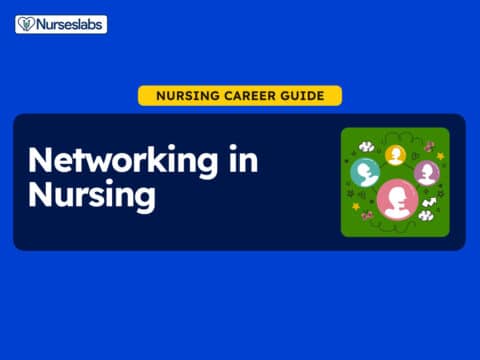
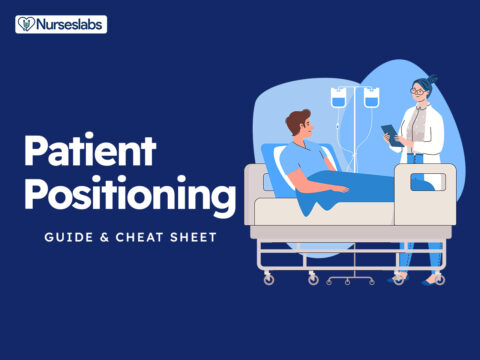

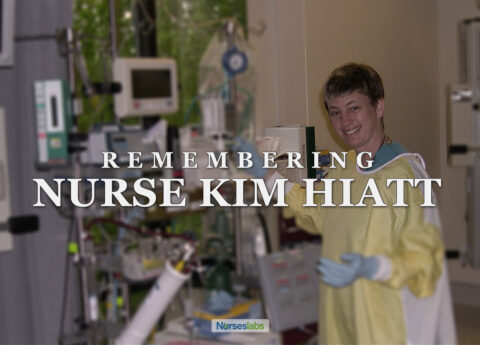


















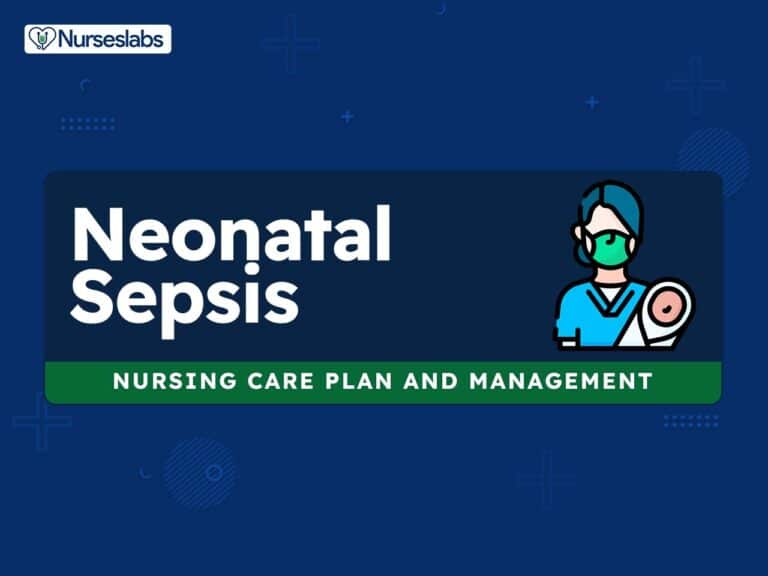
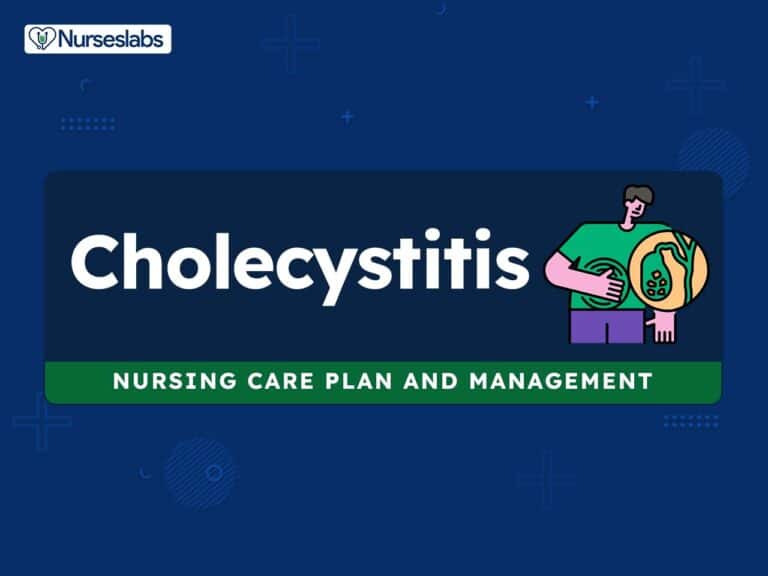

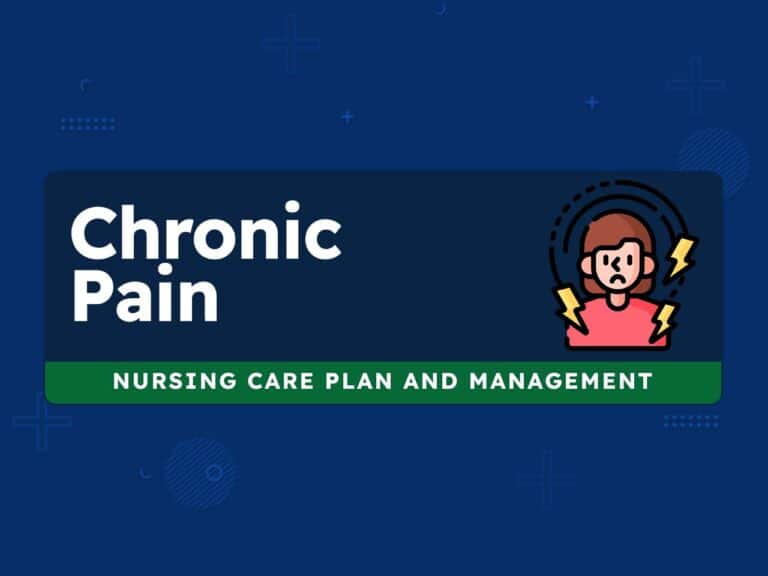
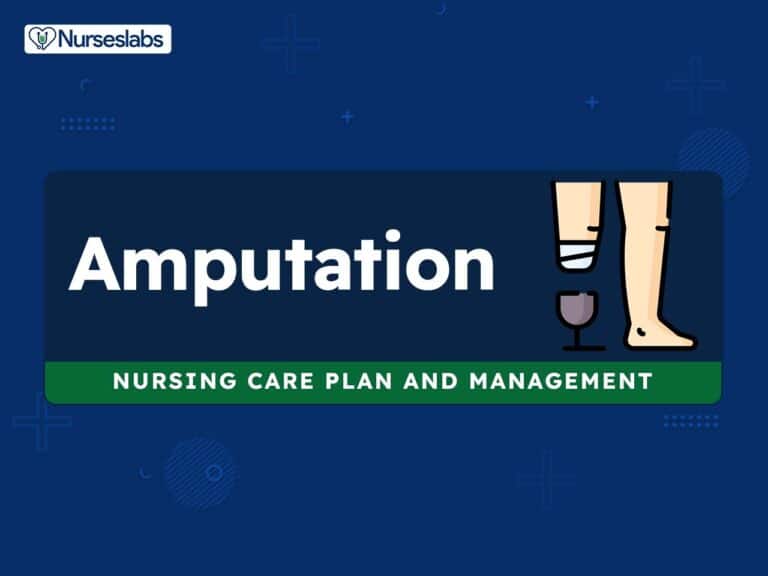

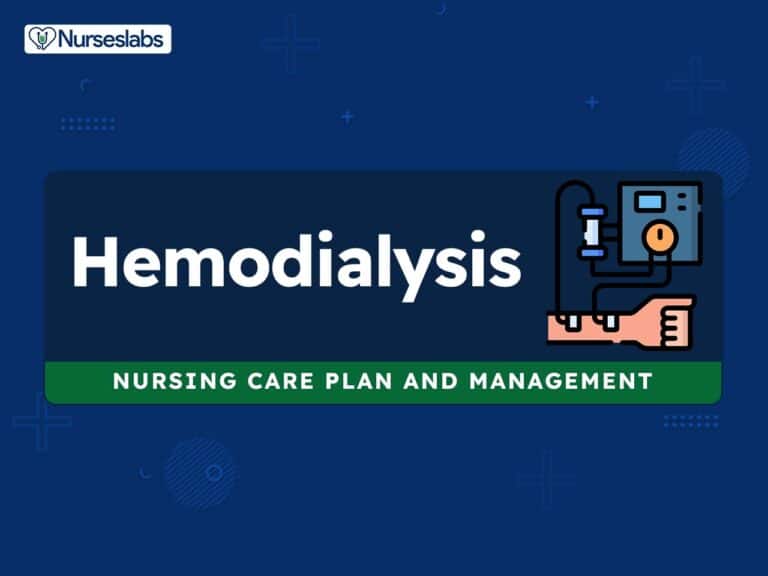
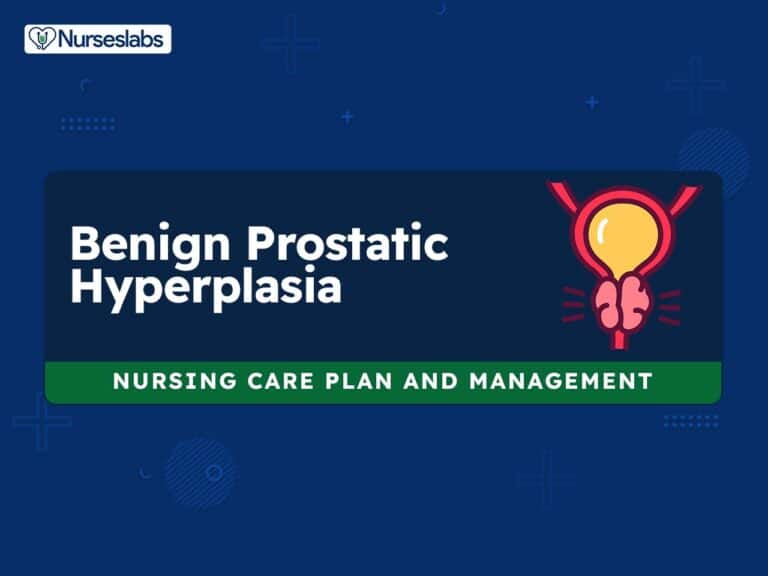
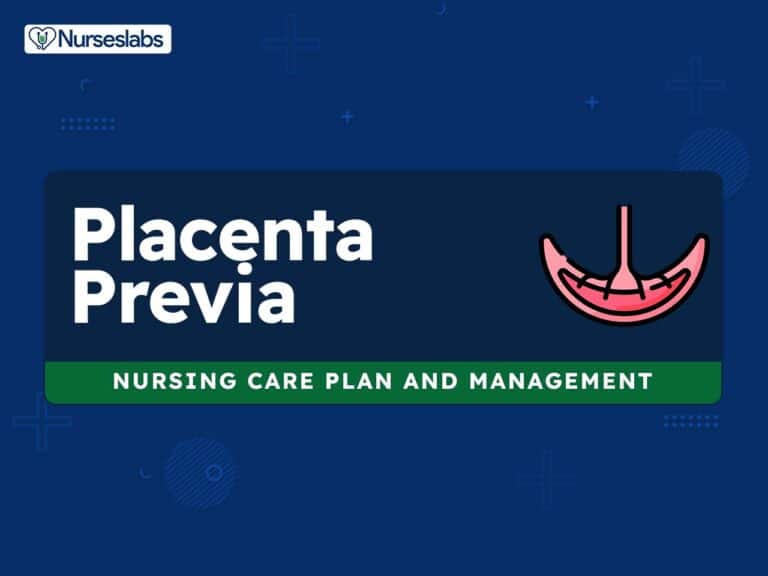
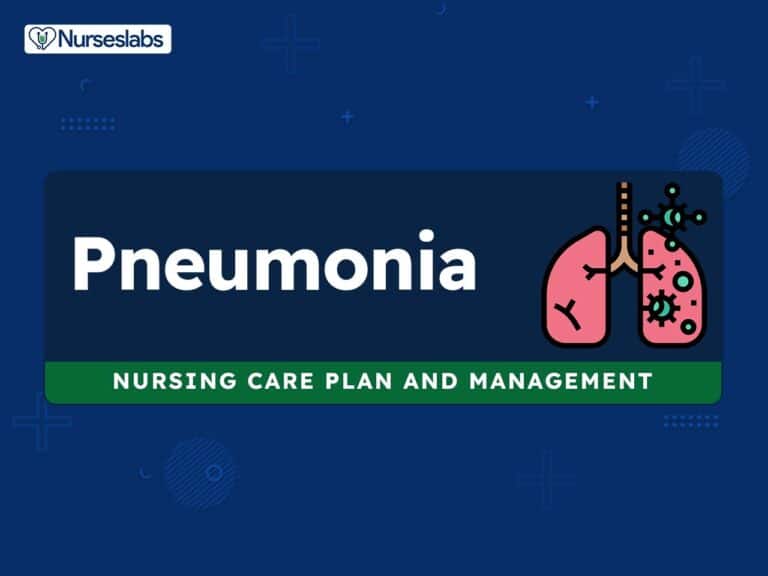

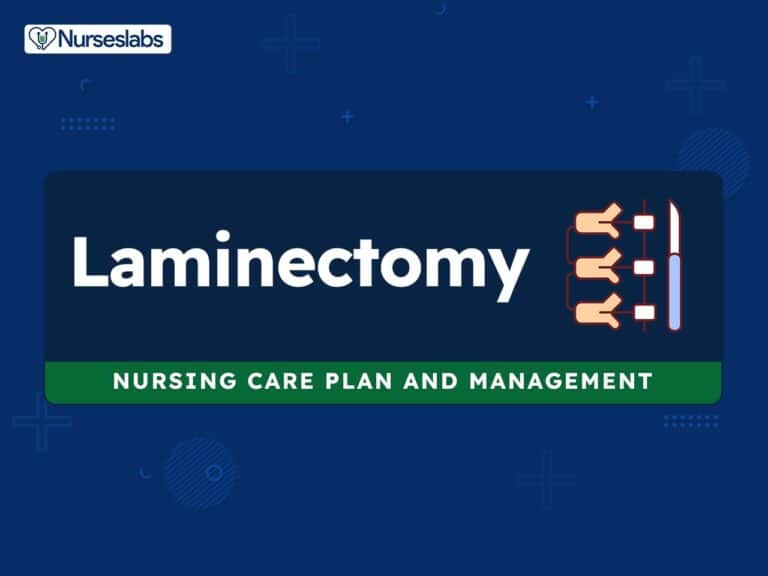
Leave a Comment